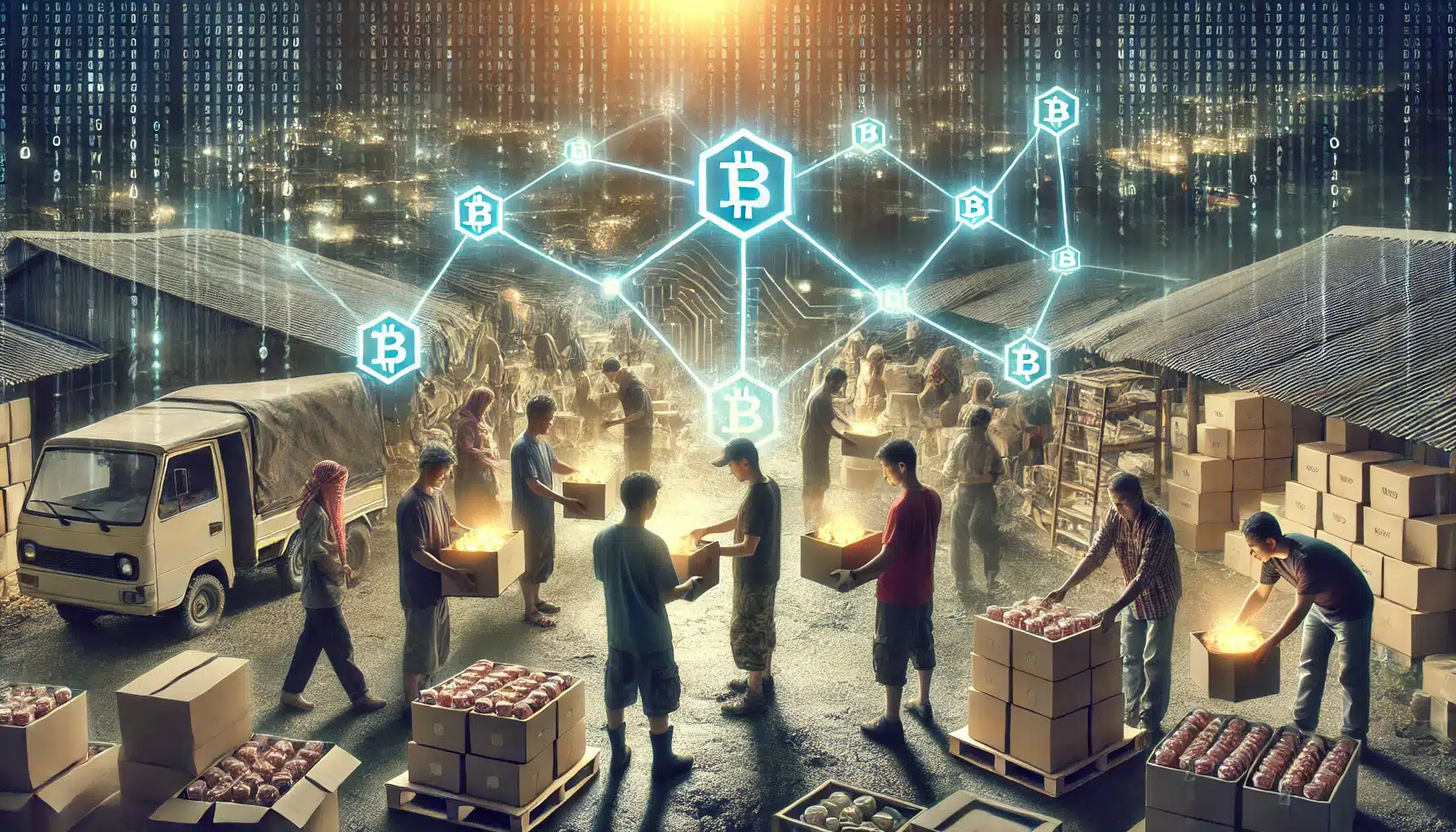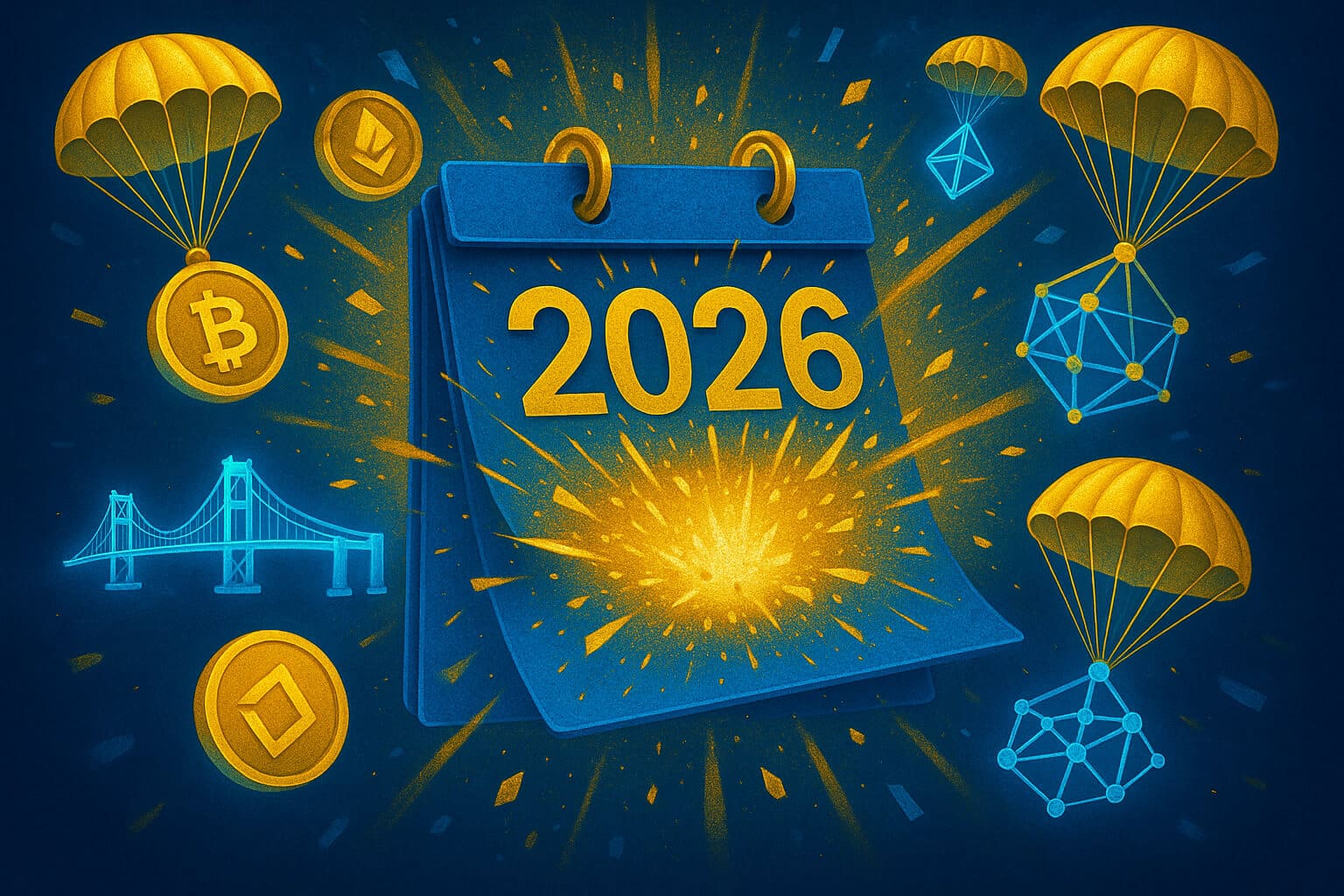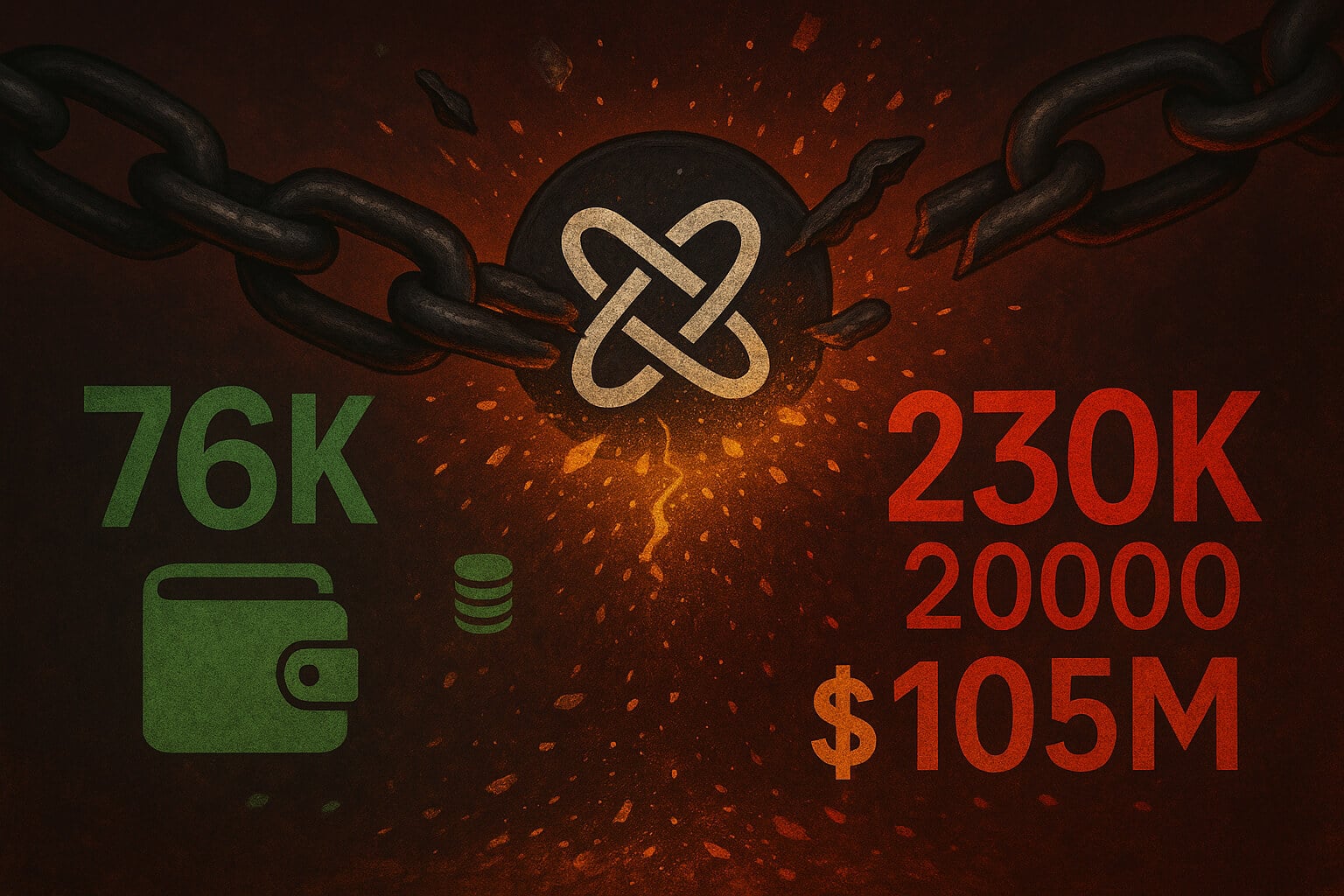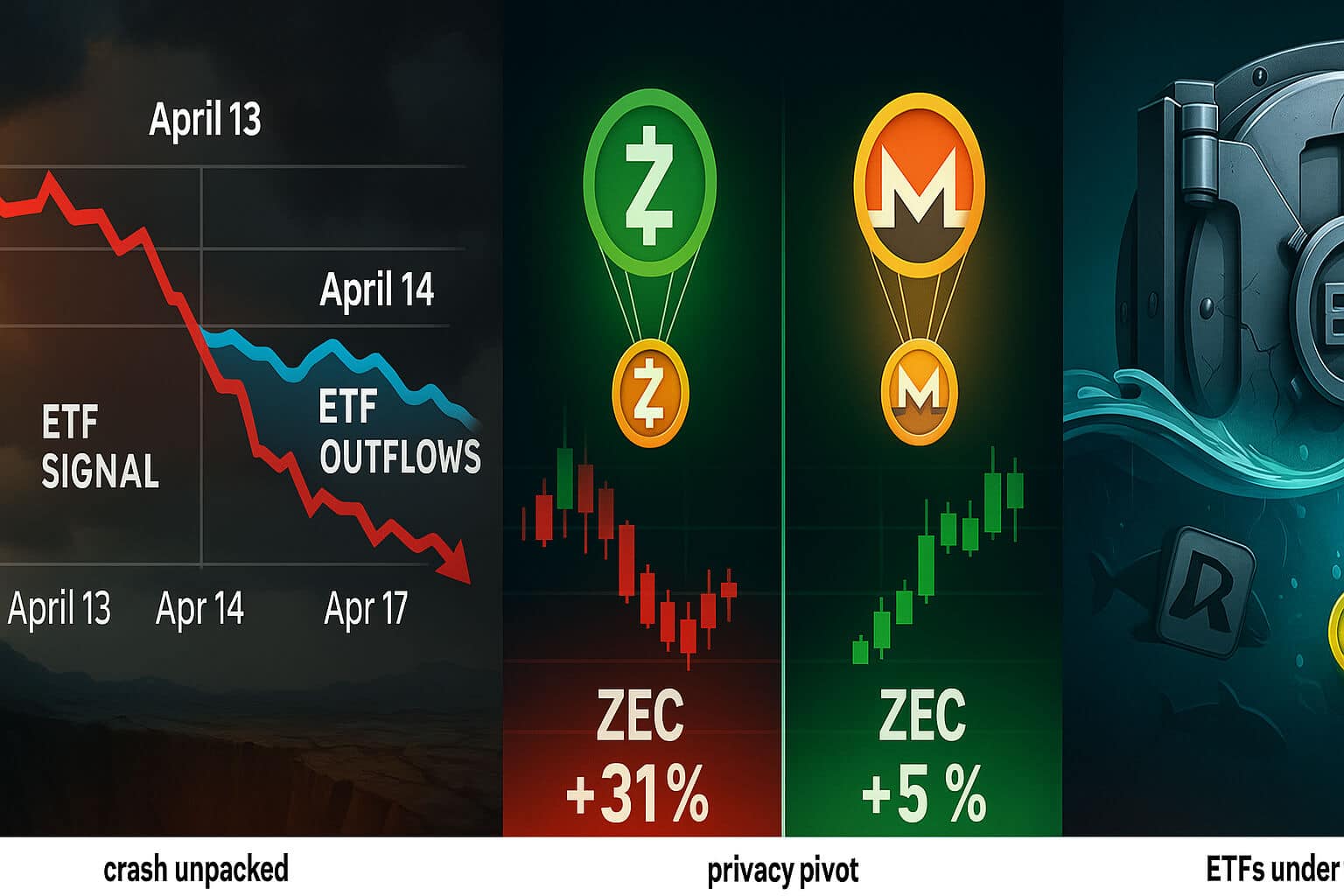1. The Challenges of Disaster Management
Disasters, whether natural, such as hurricanes and earthquakes, or man-made, like industrial accidents and conflicts; pose significant challenges for governments, NGOs, and humanitarian organizations. Coordinating relief efforts, ensuring transparency, managing resources, and reaching those in need are just a few of the hurdles that arise in the wake of a disaster. Traditional methods of disaster management, while effective to an extent, often struggle with issues like data fragmentation, slow response times, and a lack of transparency. However, blockchain technology is emerging as a powerful tool to address these challenges. By providing a decentralized, transparent, and efficient system for managing disaster relief efforts, blockchain can revolutionize the way the world responds to crises.
2. How Blockchain Enhances Disaster Management
Blockchain technology offers several unique features that can improve various aspects of disaster management, from enhancing transparency to streamlining resource distribution.
A. Ensuring Transparency in Aid Distribution
One of the most significant issues in disaster management is ensuring that aid reaches the intended recipients. Corruption, fraud, and mismanagement can lead to resources being diverted away from those who need them most. Blockchain technology provides a solution by creating an immutable ledger of transactions that can be accessed and verified by all stakeholders.
- Transparent Tracking: Every transaction recorded on a blockchain is transparent and traceable. This transparency ensures that funds, supplies, and other resources are distributed as intended, without interference or corruption.
- Example: During a disaster relief operation, blockchain could track the distribution of food and medical supplies from the point of donation to the point of delivery. NGOs and donors can verify that the supplies reached the intended recipients, reducing the risk of mismanagement.
B. Streamlining Resource Management and Allocation
In the chaos following a disaster, efficiently managing and allocating resources can be a significant challenge. Blockchaintechnology can streamline these processes by providing a decentralized platform for tracking and managing resources in real time.
- Real-Time Updates: Blockchain allows for real-time updates on the status of resources, such as food, water, and medical supplies. This ensures that aid organizations can make informed decisions based on accurate and up-to-date information.
- Resource Matching: Blockchain can also facilitate resource matching, where aid organizations can quickly identify where specific resources are needed most and allocate them accordingly.
- Example: After a major earthquake, a blockchain-based platform could help relief organizations track incoming supplies and match them with the areas most affected. This real-time coordination ensures that resources are not wasted and reach those in dire need quickly.
C. Facilitating Financial Aid and Donations
Financial aid is crucial in disaster management, but traditional donation systems often face challenges like delays, high transaction fees, and lack of transparency. Blockchain technology can revolutionize the way financial aid is managed and distributed.
- Fast and Low-Cost Transactions: Cryptocurrencies enable fast, low-cost international transactions, ensuring that financial aid reaches disaster-stricken areas quickly. These transactions also eliminate the need for intermediaries, reducing the risk of delays.
- Transparent Donations: Donors can track their contributions to the blockchain, ensuring that their funds are used appropriately. This transparency builds trust between donors and relief organizations.
- Example: In response to a natural disaster, a global fundraising campaign accepts donations in cryptocurrencies like Bitcoin or Ethereum. Donors can see exactly when their funds are received and how they are being used, enhancing trust and accountability.
D. Identity Management for Displaced Persons
Disasters often result in large numbers of displaced persons, who may lose access to important identification documents. Blockchain technology offers a solution for securely managing and verifying identities, even in the most challenging circumstances.
- Digital Identity Solutions: Blockchain-based digital identities allow displaced persons to securely store and share their identification information, even if they lose physical documents. This can be crucial for accessing aid, healthcare, and other essential services.
- Example: Refugees fleeing a conflict zone could use a blockchain-based identity system to prove their identity and access humanitarian aid. This system could also help reunite families by securely sharing identity information across borders.
3. Real-World Applications of Blockchain in Disaster Management
Several organizations and governments are already exploring the use of blockchain technology in disaster management. Here are some real-world examples of how blockchain is making a difference.
A. AidChain: Enhancing Transparency in Charitable Donations
AidChain is a blockchain platform designed to bring transparency to the charitable sector. By using blockchain, AidChain ensures that donations are tracked from the moment they are received to when they are spent on relief efforts.
- Example: During the COVID-19 pandemic, AidChain enabled donors to track their contributions in real-time, ensuring that funds were used effectively to support frontline healthcare workers and vulnerable populations.
B. IBM’s Blockchain for Disaster Response
IBM has developed several blockchain solutions aimed at improving disaster response efforts. One such solution focuses on managing and distributing resources efficiently in the aftermath of a disaster.
- Example: IBM’s blockchain platform was used during the 2017 hurricane season in the Caribbean. The platform helped coordinate relief efforts by providing real-time information on the availability and distribution of resources, ensuring that aid reached those in need more quickly.
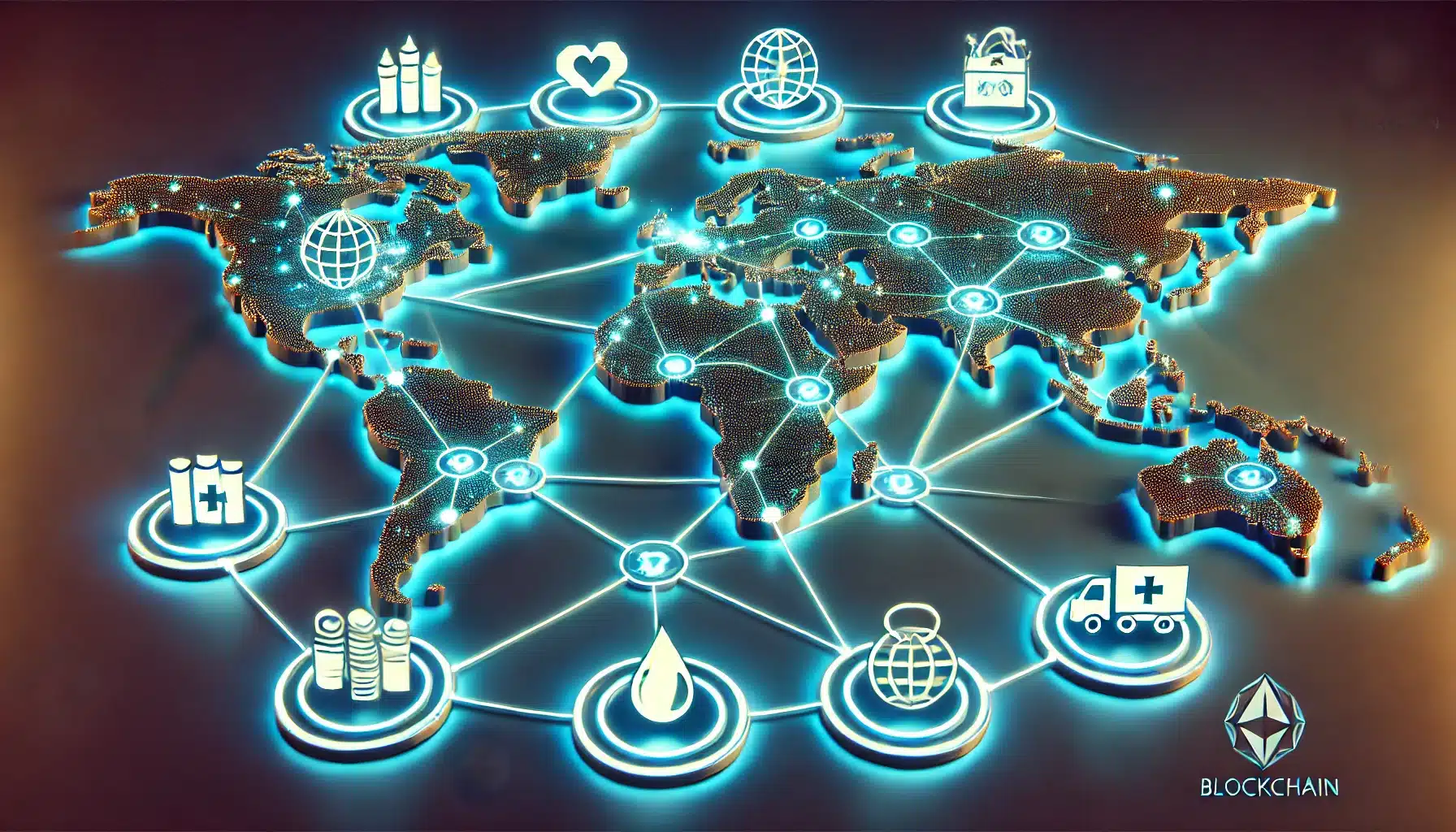
C. The Red Cross: Blockchain for Humanitarian Aid
The International Red Cross has also explored the use of blockchain technology to enhance its humanitarian efforts. By leveraging blockchain, the Red Cross aims to improve the transparency and efficiency of its aid distribution.
- Example: The Red Cross piloted a blockchain project in Kenya to distribute aid to vulnerable communities. The project allowed for direct transfers of financial aid to recipients via mobile phones, reducing the risk of fraud and ensuring that aid reached those in need.
4. The Future of Blockchain in Disaster Management
As blockchain technology continues to evolve, its applications in disaster management are likely to expand. Here are some potential future developments.
A. Decentralized Disaster Response Networks
In the future, decentralized networks could play a crucial role in disaster management. By leveraging blockchain, these networks could coordinate relief efforts without the need for a central authority, enabling faster and more efficient responses.
- Example: A decentralized disaster response network could automatically match available resources with areas in need, using smart contracts to execute aid distribution without the need for human intervention.
B. Blockchain-Enabled Insurance for Disaster Recovery
Blockchain technology could also transform the insurance industry by enabling faster and more transparent claims processing. In the aftermath of a disaster, blockchain could streamline the payout process, helping affected individuals and businesses recover more quickly.
- Example: Following a natural disaster, affected individuals could file insurance claims via a blockchain platform. Smart contracts would automatically verify the claims and trigger payouts, reducing the time it takes for victims to receive financial assistance.
C. Integration with Other Emerging Technologies
The potential of blockchain in disaster management will be further enhanced by its integration with other emerging technologies, such as artificial intelligence (AI), the Internet of Things (IoT), and big data.
- Example: IoT devices could provide real-time data on disaster conditions, which could be recorded on a blockchain. AI could then analyze this data to predict future disasters or identify areas in need of immediate assistance. Blockchain would ensure that this information is securely shared across organizations, improving coordination and response times.
A Game-Changer for Disaster Management
Blockchain technology is poised to revolutionize disaster management by enhancing transparency, improving efficiency, and enabling better coordination of relief efforts. From tracking aid distribution to streamlining financial transactions and managing identities, blockchain offers a powerful tool for addressing the challenges of disaster response. As the technology continues to evolve, its applications in disaster management will likely expand, paving the way for more effective and equitable disaster relief efforts. The future of disaster management is digital, and blockchain is leading the way.
For more insights and detailed guides on the applications of blockchain technology across various industries, visit our Cryptocurrency Comparisons Guides.
Stay Updated
For the latest updates on how blockchain technology is transforming disaster management and other critical sectors, follow us on:
Stay informed with the latest strategies and insights in the world of cryptocurrency at FreeCoins24.io.
Special Offer
Interested in exploring blockchain solutions for disaster management? Sign up on Bybit today and take advantage of up to $30,000 in deposit bonuses. Start leveraging blockchain for a more efficient and transparent future.


